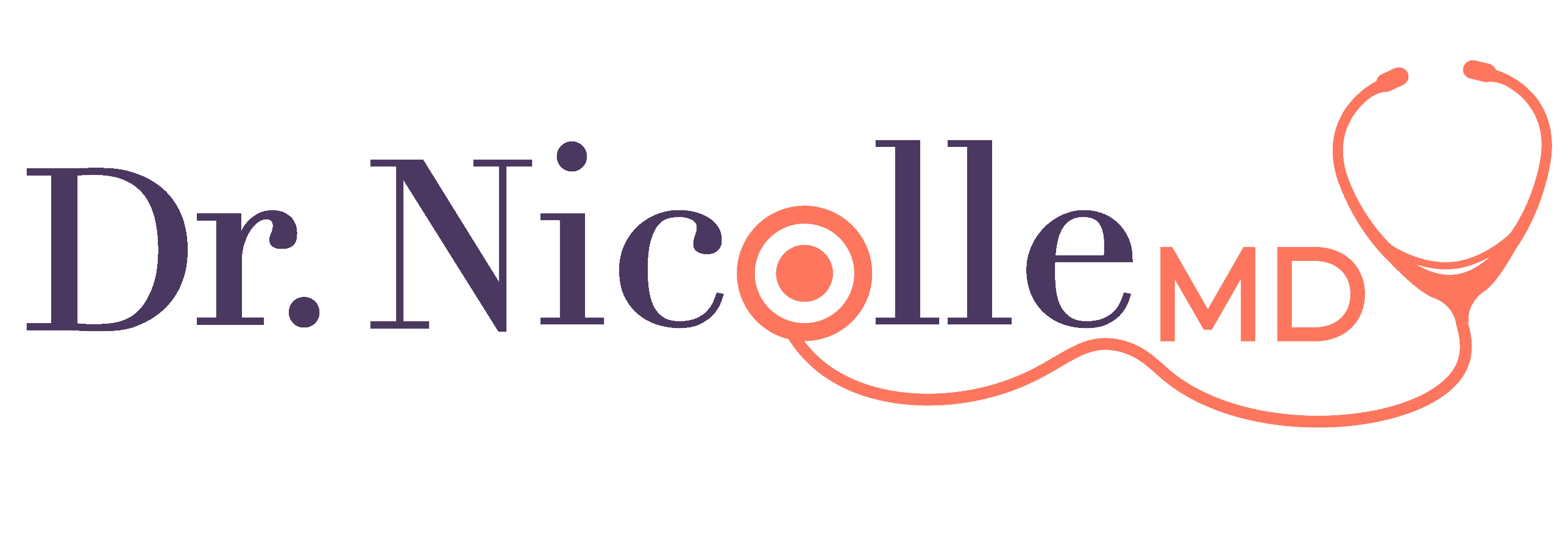

Casomorphins—breakdown products of casein, a milk protein, with opiate-like activity—may help explain why autism symptoms sometimes improve with a dairy-free diet.
In my last video series on autism and diet, I talked about the benefits of broccoli sprouts, but the most commonly studied nutritional and dietary interventions for autism and diet involve variations of gluten-free and casein-free diets. Why?
In the 1980s, a team of respected Norwegian researchers reported a peculiar finding. They were comparing the urine of children with and without autism in the hopes of teasing out any differences that could lead to hints to the cause of autism. As you can see at 0:42 in my video Autism and Casein from Cow’s Milk, a urine profile shows spikes for each of the various components. Normally, the urine’s peptides region is pretty quiet. Peptides are like small pieces of proteins, and, normally, we shouldn’t be peeing out much protein. But, in the urine profiles from children with autism, there were all sorts of peptide spikes.
This difference raised a question: “Can the pathophysiology”—that is, the dysfunction—“of autism be explained by the nature of the discovered urine peptides?” But, first: “Where do the peptides come from?” They didn’t know, but there was a clue: Most of the parents of kids with autism reported that their children’s disorder got worse when they were exposed to cow’s milk. In fact, two proteins—gluten, a protein in wheat, and casein, a protein in milk—break down not only into peptides, but also into exorphins.
Exorphins, opioid peptides derived from food proteins, “are called exorphins because of their exogenous [that is, from outside of the body] origin and morphine-like activity,” as opposed to endorphins, which are morphine-like compounds we produce inside our bodies. Perhaps some of these food peptides represent a new class of hormones?
Well, is that what the kids were peeing out? Apparently so, as some of those peptides had opioid activity. Maybe the researchers were on to something.
Two types of opioids have been found in milk: casomorphins, “in view of their morphine-like activity and their origin—they represent fragments of the milk protein β-casein,” and the actual opiate, morphine. There appears to be actual morphine in milk. This can’t just be a coincidence. “It is difficult to believe that these, or other types of opioids found in the milk, can be devoid of physiological, or nutritional, significance.” If you think about it, it makes total sense. “Morphine and the opioid peptides may also have an important role in the mother-infant bonding mechanism, because the infants may be ‘addicted’ to their own mother’s milk.” But, what about the milk of another species?
“Human milk is markedly different from that of other mammalian species” in that it has the lowest casein content. Further, human casein is a markedly different protein in terms of its sequence of amino-acid building blocks.
As you can see at 3:40 in my video, human breastmilk has about 15 times less casein than cow’s milk and differs in its amino acid sequence by about half, so it breaks down into peptides differently. “Twenty-one peptides were identified from cow casein proteins,” including multiple casomorphins, compared to only five active peptides identified in human milk and just one casomorphin. What’s more, “those [casomorphins] from bovine casein are more potent than β-casomorphins from human milk.” At 4:08 in my video, you can see a graph of opioid activity, where lower means more potent. Bovine casomorphin was shown to be significantly more potent than the weak opioid peptide from gluten, a substance more comparable to the casomorphin from human breastmilk.
Indeed, when you expose human nerve tissue to bovine casomorphin, it acts more like morphine than the casomorphin from human breastmilk in terms of epigenetic changes, changes in gene expression, not only providing “a molecular rationale for the recommendation of breastfeeding vs. [cows’ milk] formula feeding,” but also providing a possible explanation why “casein-free, gluten-free diets have been reported to mitigate some of the inflammatory gastrointestinal and behavioral traits associated with autism…”
“What is good for the goose may be good for the gander, but what is good for the cow could be harmful to the human.”
This article discusses the first video in a series on the role of gluten- and dairy-free diets in the treatment of autism. Stay tuned for the other five videos in this six-part series:
My previous series on autism explored the amazing story of broccoli sprouts put to the test for the treatment of autistic boys. See:
Keep abreast of all of my videos on autism here.
You may also be interested in these videos on milk and child and infant health:
In health,
Michael Greger, M.D.
PS: If you haven’t yet, you can subscribe to my free videos here and watch my live presentations:
Some of the links in this article are "affiliate links", a link with a special tracking code. This means if you click on an affiliate link and purchase the item, we will receive an affiliate commission.
The price of the item is the same whether it is an affiliate link or not. Regardless, we only recommend products or services we believe will add value to our readers.
By using the affiliate links, you are helping support our Website, and we genuinely appreciate your support.
Last updated on July 10th, 2021 at 10:41 pm




